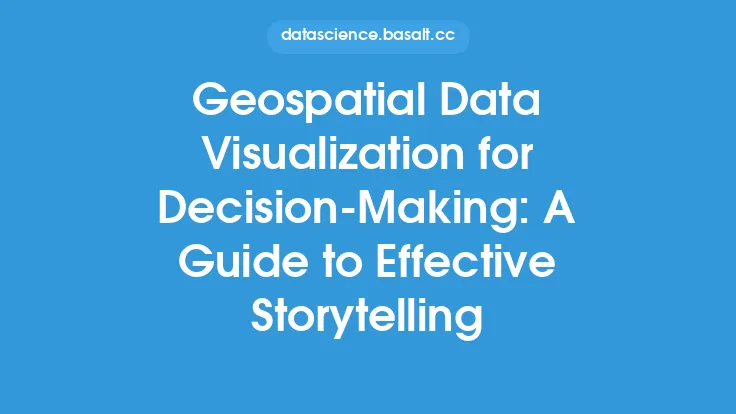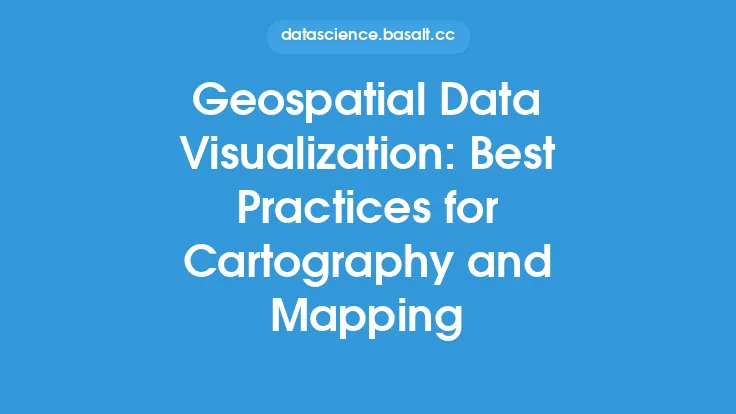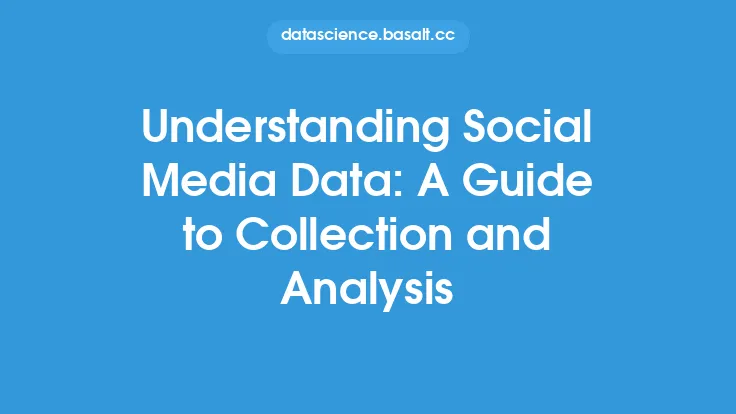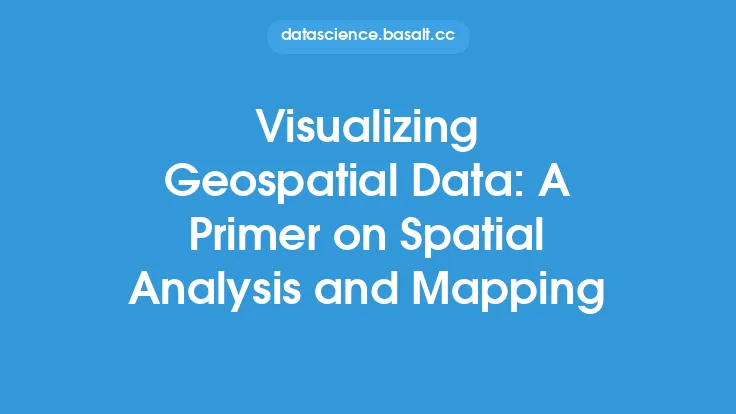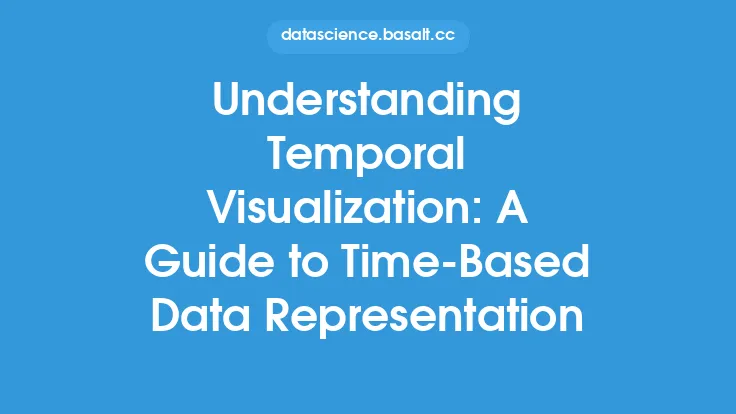Geospatial data refers to any information that is associated with a specific location on the Earth's surface. This type of data can be used to create detailed maps, analyze patterns and trends, and make informed decisions. Understanding geospatial data is essential for a wide range of applications, including urban planning, emergency response, environmental monitoring, and more. In this article, we will delve into the world of geospatial data, exploring the different types of data, how it is collected and processed, and the various techniques used for mapping and visualization.
What is Geospatial Data?
Geospatial data can be broadly categorized into two main types: vector data and raster data. Vector data represents the world using points, lines, and polygons, and is often used to create detailed maps of features such as roads, buildings, and boundaries. Raster data, on the other hand, represents the world as a grid of pixels, and is often used to create images such as satellite or aerial photographs. Both types of data have their own strengths and weaknesses, and are used in different contexts depending on the specific application.
Collecting and Processing Geospatial Data
Geospatial data can be collected using a variety of methods, including satellite and aerial imagery, GPS tracking, and field observations. The data is then processed using specialized software, such as geographic information systems (GIS), to create detailed maps and analyze patterns and trends. GIS software allows users to manipulate and analyze geospatial data, performing tasks such as spatial joins, overlays, and buffering. The processed data can then be used to create a wide range of visualizations, from simple maps to complex 3D models.
Mapping and Visualization Techniques
There are many different techniques used for mapping and visualizing geospatial data, each with its own strengths and weaknesses. Some common techniques include:
- Cartography: the art and science of creating maps, which involves selecting the right data, choosing the right visualization method, and designing the map to effectively communicate the message.
- Geospatial analysis: the process of analyzing geospatial data to identify patterns and trends, which can be used to inform decision-making and solve problems.
- 3D visualization: the use of computer-aided design (CAD) software to create detailed 3D models of the environment, which can be used to visualize complex systems and simulate real-world scenarios.
- Web mapping: the use of web-based technologies to create interactive maps, which can be used to share data and collaborate with others.
Tools and Technologies
There are many different tools and technologies used for geospatial data mapping and visualization, including:
- GIS software: such as ArcGIS, QGIS, and GRASS, which provide a wide range of tools and functions for manipulating and analyzing geospatial data.
- Programming languages: such as Python, R, and Java, which can be used to automate tasks, create custom visualizations, and integrate geospatial data with other data sources.
- Web mapping libraries: such as Leaflet, OpenLayers, and Google Maps, which provide a wide range of tools and functions for creating interactive web maps.
- Data storage solutions: such as relational databases, NoSQL databases, and cloud-based storage solutions, which provide a secure and scalable way to store and manage large datasets.
Applications and Use Cases
Geospatial data mapping and visualization has a wide range of applications and use cases, including:
- Urban planning: geospatial data can be used to create detailed maps of cities and towns, which can be used to inform planning decisions and optimize urban design.
- Emergency response: geospatial data can be used to create detailed maps of emergency situations, which can be used to coordinate response efforts and allocate resources.
- Environmental monitoring: geospatial data can be used to create detailed maps of environmental phenomena, such as climate patterns, soil moisture, and air quality, which can be used to inform conservation efforts and mitigate the impacts of climate change.
- Business intelligence: geospatial data can be used to create detailed maps of customer behavior, market trends, and supply chain logistics, which can be used to inform business decisions and optimize operations.
Best Practices and Challenges
When working with geospatial data, there are several best practices and challenges to be aware of, including:
- Data quality: geospatial data can be prone to errors and inconsistencies, which can affect the accuracy and reliability of visualizations and analysis.
- Data integration: geospatial data can come from a wide range of sources, which can make it challenging to integrate and analyze.
- Scalability: geospatial data can be very large and complex, which can make it challenging to store, process, and visualize.
- Security: geospatial data can be sensitive and confidential, which requires careful consideration of security and access controls.
Future Directions
The field of geospatial data mapping and visualization is constantly evolving, with new technologies and techniques emerging all the time. Some future directions include:
- Big data analytics: the use of big data analytics to analyze and visualize large datasets, which can provide new insights and patterns.
- Artificial intelligence: the use of artificial intelligence and machine learning to automate tasks, improve accuracy, and enhance decision-making.
- Cloud computing: the use of cloud computing to store, process, and visualize geospatial data, which can provide greater scalability and flexibility.
- Internet of Things (IoT): the use of IoT devices to collect and transmit geospatial data, which can provide real-time insights and monitoring capabilities.
